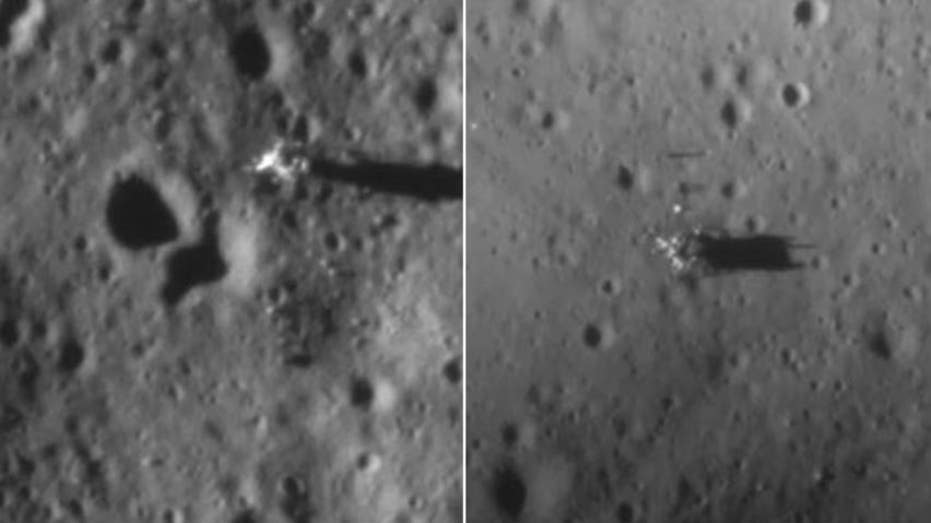Indian Lunar Orbiter Reveals First Moon Landings from Over 50 Years Ago

Stunning Recent Images Show Historic Lunar Landings
In a remarkable display of space exploration progress, India’s Chandrayaan-2 mission has captured clear images of the Apollo landing sites on the Moon, more than five decades after the historic missions. These images provide new visual confirmation of the locations where humanity first set foot on our celestial neighbor.
When and How Were These Photos Taken?
The images were captured by the Chandrayaan-2 orbiter during its April 2021 mission. Recently, they were shared on the social media platform X (formerly Twitter) by the space exploration page Curiosity, sparking widespread interest among space enthusiasts and researchers alike.
Curiosity captioned the photos with a provocative message: “Image of Apollo 11 and 12 taken by India’s Moon orbiter. Disapproving Moon landing deniers,” emphasizing the importance of these images as evidence of humanity’s lunar achievements.
The Historic Apollo Missions
Apollo 11: The First Human Footsteps
On July 20, 1969, NASA’s Apollo 11 mission achieved what was once thought impossible, with Neil Armstrong and Buzz Aldrin becoming the first humans to walk on the Moon. The lunar module, known as Eagle, separated from the command module, where astronaut Michael Collins remained in orbit. After landing, Armstrong and Aldrin explored the lunar surface while Collins orbited above. The Eagle was subsequently left on the Moon’s surface and later returned to the command module.
Apollo 12 and the Continued Lunar Exploration
Following Apollo 11, NASA’s second crewed lunar landing occurred on November 19, 1969, with Apollo 12. Astronauts Charles “Pete” Conrad and Alan Bean became the third and fourth men to walk on the Moon. The Apollo program continued with additional missions until December 1972, when Eugene Cernan made history as the last person to leave footprints on the lunar surface.
Chandrayaan-2 and Its Contributions to Lunar Science
India’s Chandrayaan-2 mission was launched on July 22, 2019, exactly 50 years after the Apollo 11 landing. The orbiter’s mission included high-resolution imaging of the Moon’s surface, which led to the recent reveal of historic landing sites. Notably, Chandrayaan-2’s success set the stage for further lunar exploration, including the recent images of Apollo’s landing areas.
Additionally, India launched Chandrayaan-3 last year, which achieved the distinction of being the first mission to successfully land near the Moon’s south pole—a region of great interest for future lunar exploration and potential resource utilization.
Future Perspectives in Space Exploration
As space agencies worldwide prepare for sustained human presence beyond Earth, these images serve as a reminder of our achievements and the importance of continued exploration. NASA and other agencies are finalizing strategies for future lunar bases and crewed missions, paving the way for humanity’s next steps into the cosmos.



